Ultimate-Pro Dual Stage CO2 Regulator Setup Instructions
Know Your Regulator

A: 12v input cable (mains to 12v transformer is provided).
B: Needle valve adjuster; varies the CO2 dose. Turn anticlockwise to increase flow, clockwise to decrease flow.
C: Needle valve output.
D: Solenoid valve. Plug into a timer plug or pH controller to only dose CO2 at specified times and durations.
E: Working output pressure gauge.
F: Cylinder pressure gauge.
G: Pressure adjuster knob (clockwise increases pressure, anticlockwise decreases pressure).
H: Purge valve.
I: Nut: must be tightened using wrench / spanner.
Video
Step-by-Step

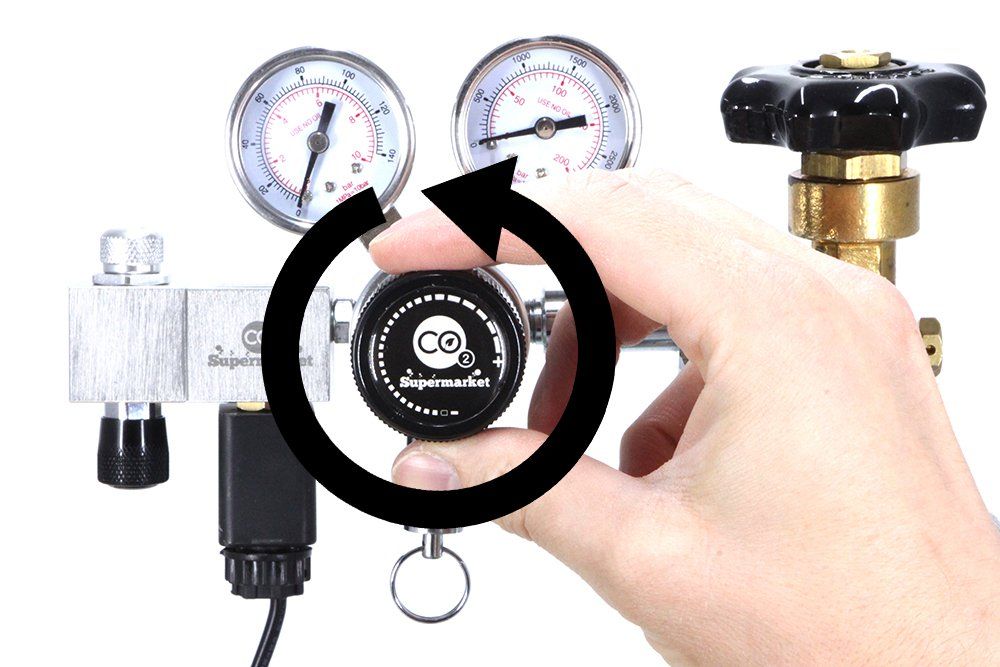
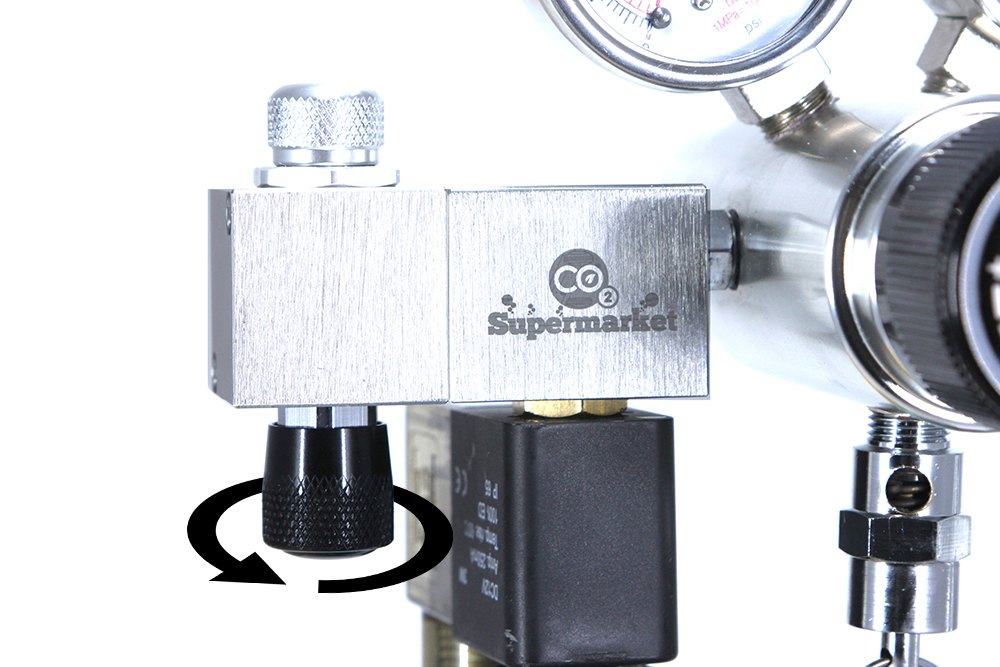
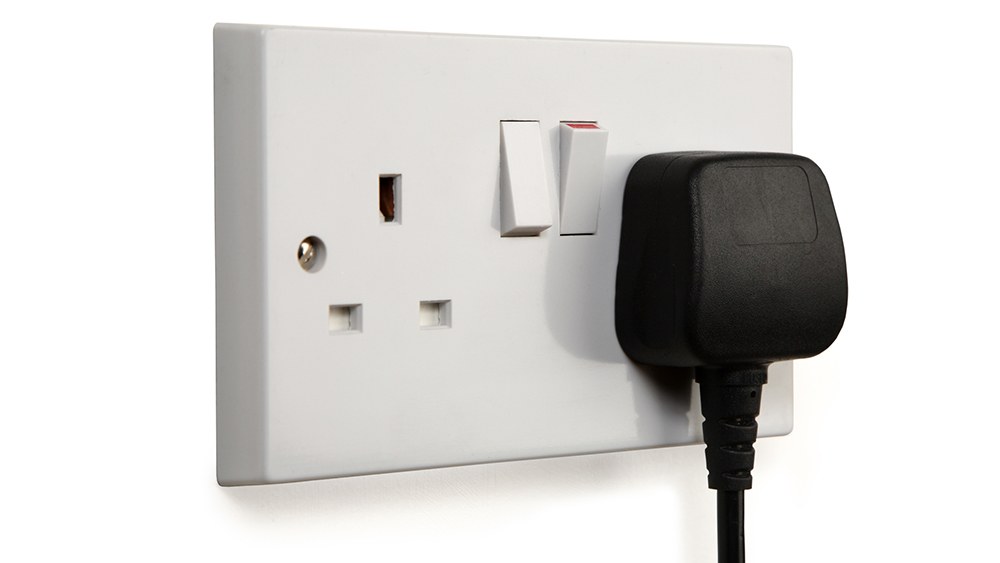
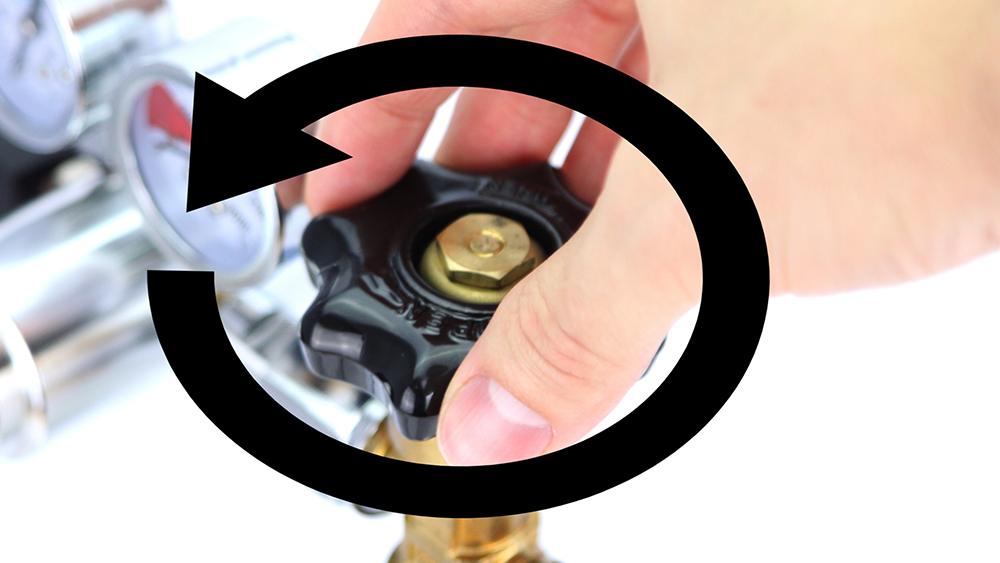
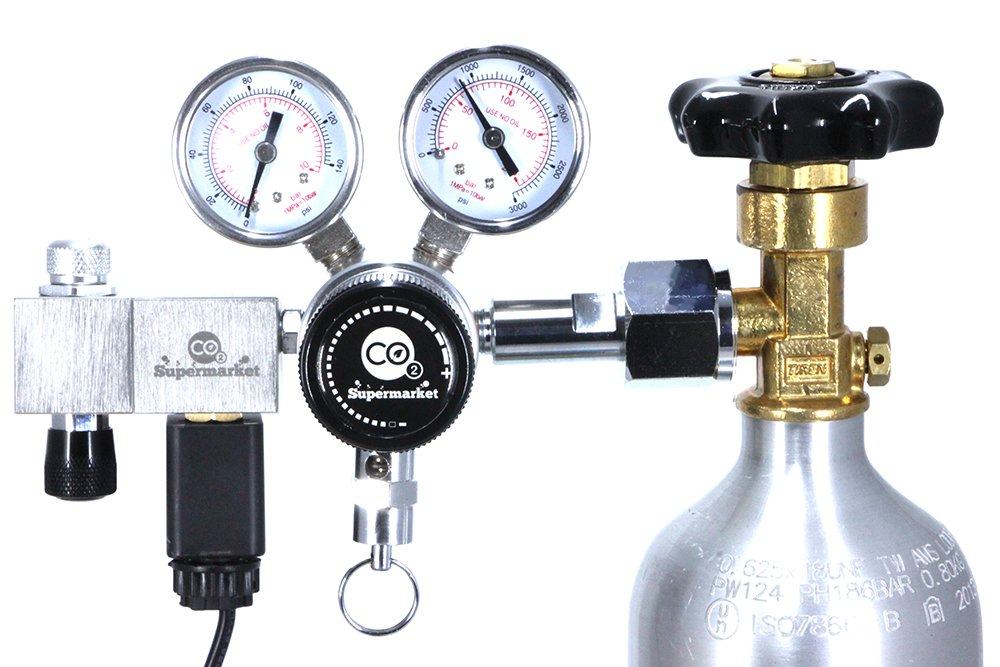
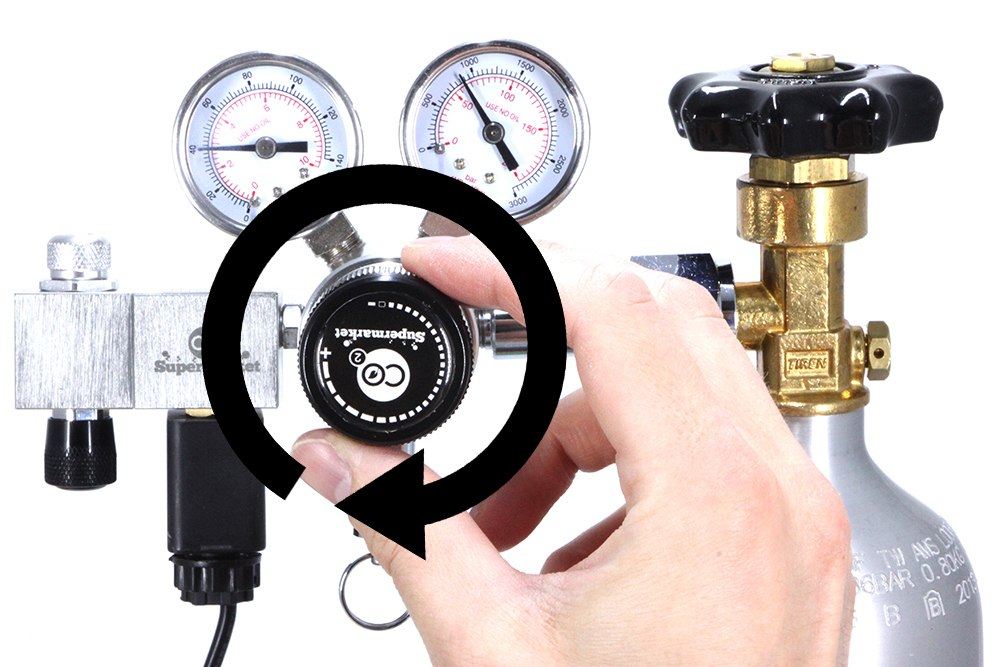
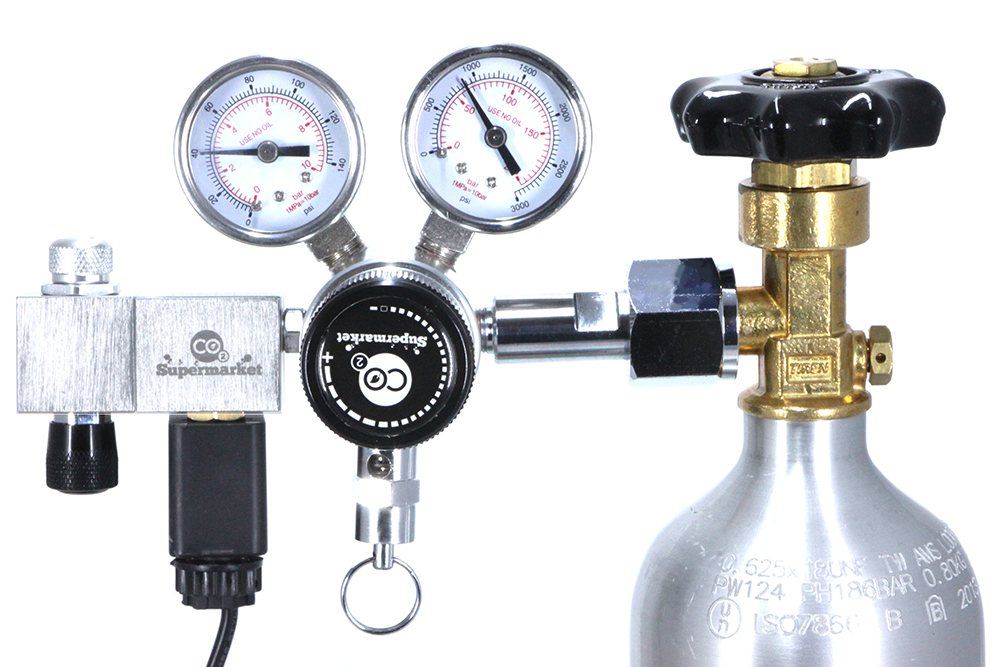
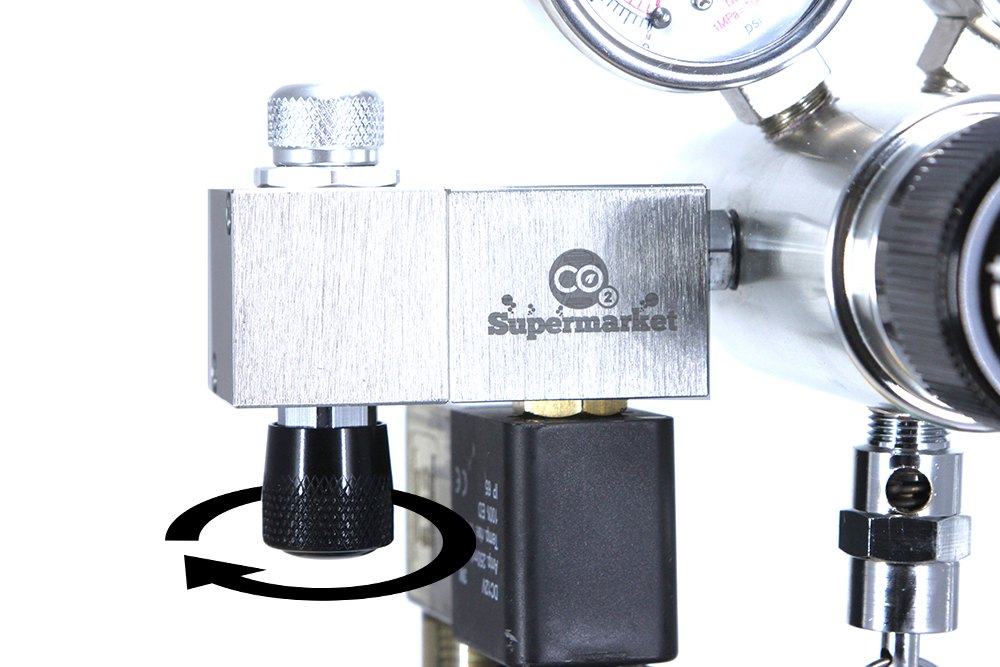
As a rough guide, 1 bubble per second is suitable for a 150L aquarium - adjust your dosing in accordance to this, i.e. 2 bubbles per second for 300L aquarium.
Check for Leaks
It is recommend that each time you reconnect the regulator to the CO2 supply that you check for leaks. Identifying a leak from the outset is a much more desirable result than discovering there is a leak only when a substantial amount (or all) of your CO2 cylinder has leaked.
The easiest way to check for leaks is to cover all of the joins with soap suds, and look for any sign of bubbling, and also listen for a 'hissing' sound. If your regulator has a solenoid it is recommended that you switch off the electricity supply prior to applying soap suds. Please also try to only use the soap suds themselves, and as little water as possible.
Disconnecting from the CO2 Cylinder
If you wish to disconnect the regulator from the gas cylinder it is important you first purge the gas within the regulator. To do this, close the valve on the gas cylinder and then open the needle valve on the regulator to use the residual gas or pull the purge valve marked H on the first photo. Once the pressure gauges on the regulator show zero pressure it is safe to disconnect the regulator from the cylinder.

Someone added a product to their cart
View ProductSomeone added a product to their cart
View Product



